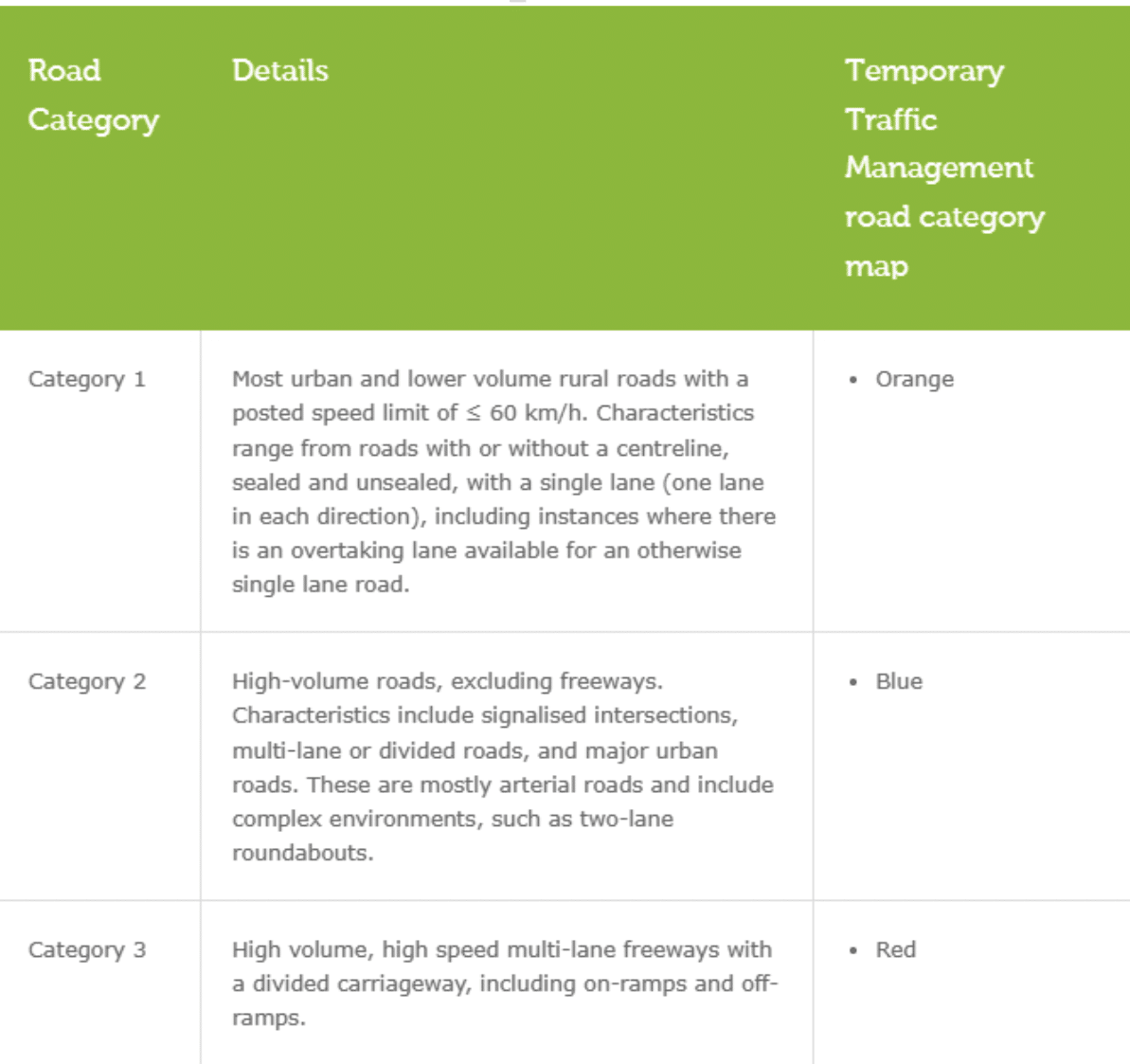Confused by Traffic Control categories? Don’t worry, it’s simpler than it seems!
Here we will break down the world of Traffic Control (TC) and Traffic Management Implementers (TMI). We’ll explain the key differences between their roles and responsibilities, helping you understand which path is right for you. We’ll also delve into the different traffic control categories (think of them as road difficulty levels) and the qualifications you’ll need to work on each.
Let’s start with TC and TMI. It’s not as complex as it all seems:
TC is short for Traffic Controller. Anyone controlling traffic in person usings stop-slow bats, portable traffic lights. In Victoria, Australia, a traffic controller, as defined by VicRoads, is an individual responsible for managing traffic flow and ensuring the safety of road users in various situations, such as roadworks, construction sites, or special events. They are typically stationed at specific locations where traffic control measures are required, and their duties include directing vehicles, pedestrians, and equipment according to designated traffic management plans. Additionally, they may communicate with other traffic controllers and relevant authorities to coordinate traffic movements effectively and mitigate potential hazards. The controller’s physical presence is needed to control the traffic. They are unable to put out signage, barriers etc.. Only a TMI worker can do this.
TMI is short for traffic management implementer. A traffic management implementer, as defined by VicRoads, is an individual tasked with planning and implementing traffic management measures to ensure the safe and efficient flow of traffic. They are responsible for implementing traffic management plans and making decision/changes to plans that adhere to relevant regulations and standards, considering factors such as road conditions, traffic volume, and safety requirements.
They will oversee the installation and maintenance of traffic control devices, such as signs, signals, and barriers, to facilitate the safe movement of vehicles and pedestrians through work zones. For TMI once established, physical presence becomes reduced to monitoring of the efficiency of the plan and adjusting as needed, unlike the role of a TC worker which is constant direction of traffic.
Pretty much each job is different, some need a TC worker to make judgements that signage can’t and others where a TMI is sufficient. Some need both! Make no mistake TC and TMI go hand in hand and most traffic management businesses will require its employees to have both credentials.
This brings us to the 1, 2 and 3 after the TC/TMI letters. These numbers refer to the type of road you wish to work on.
For example: If you wish to work on a category 2 road as a TC worker then you must hold TC2. If you wish to work as a TMI worker on a category 2 road then you must also hold TMI2.
The same rules apply to each level.
The category roads are defined below:

Want to know what each road is defined as? VicRoads website provides a colour-coded representation of the road categories for every road in Victoria. You can view this by clicking on this link : ArcGIS Traffic Management Category Web App


